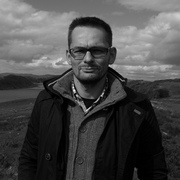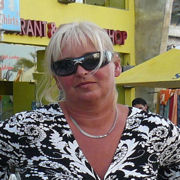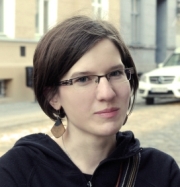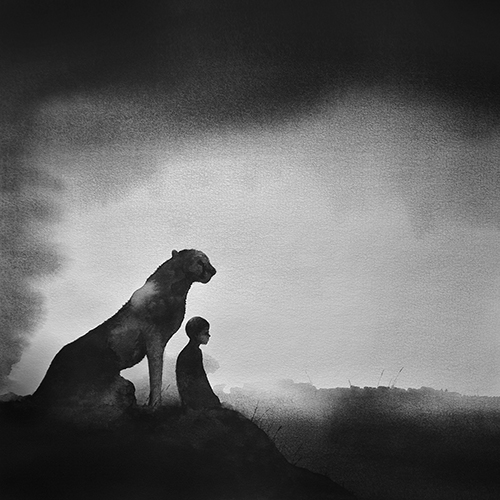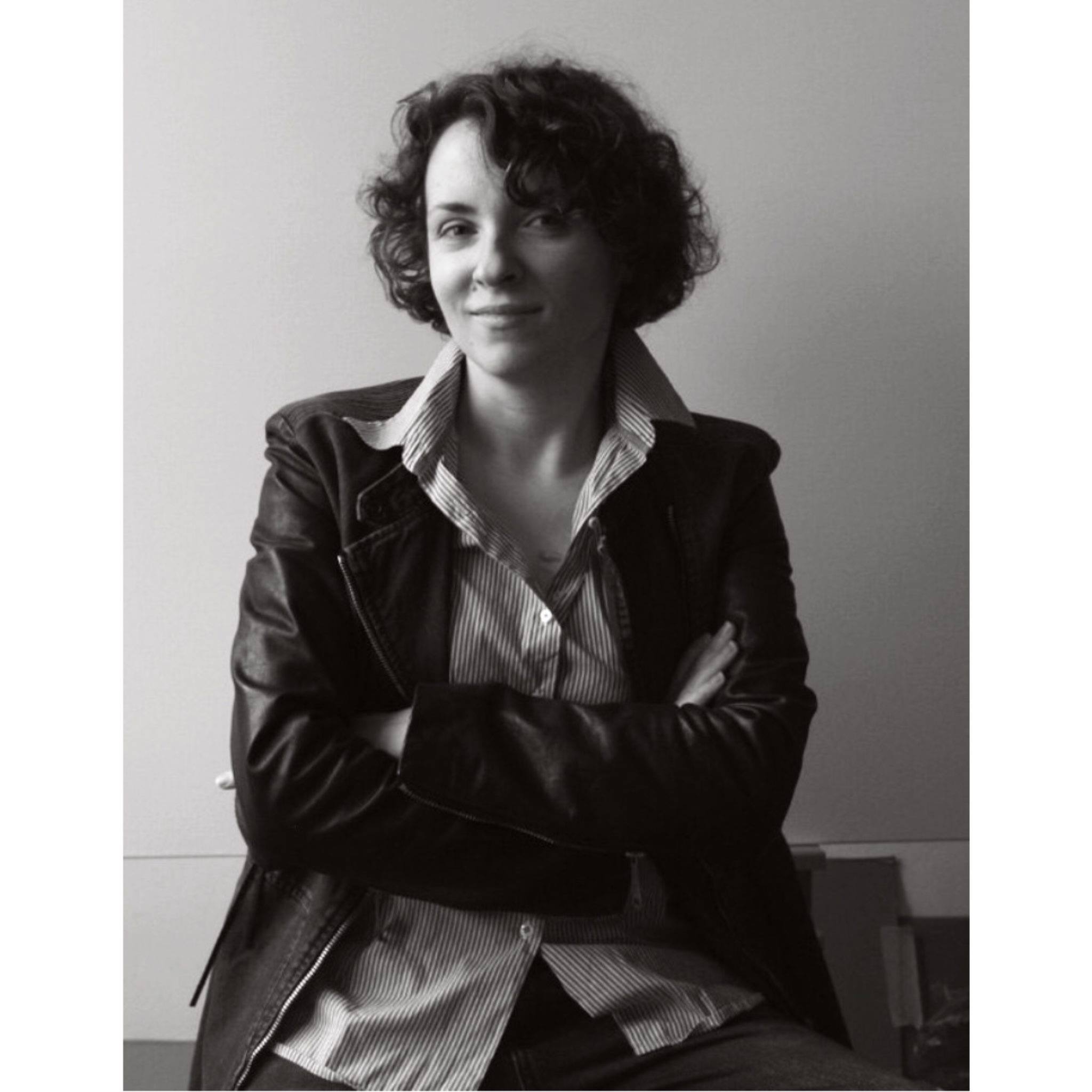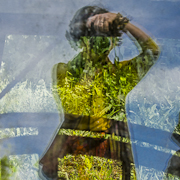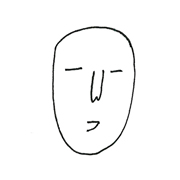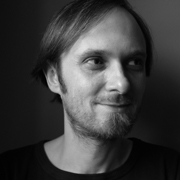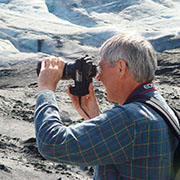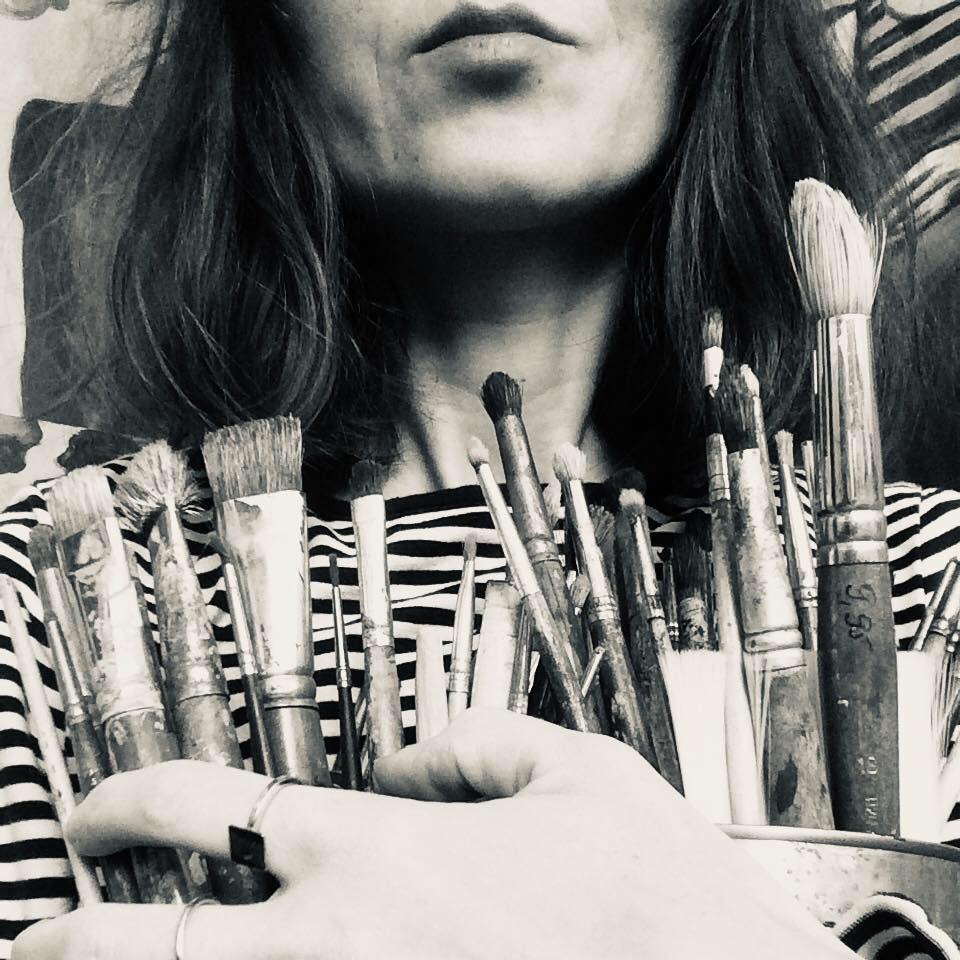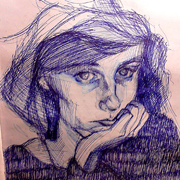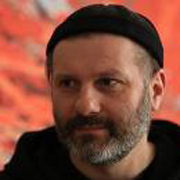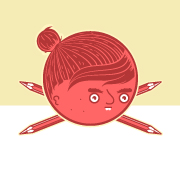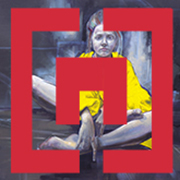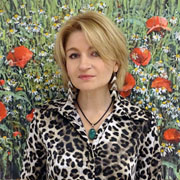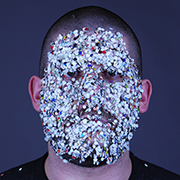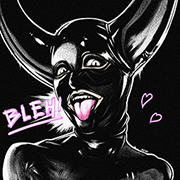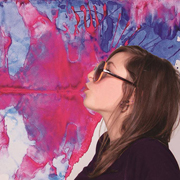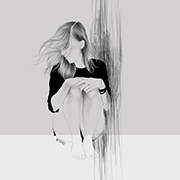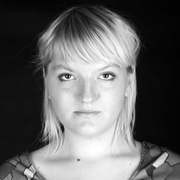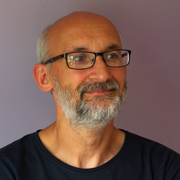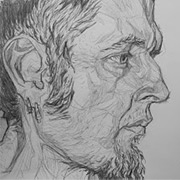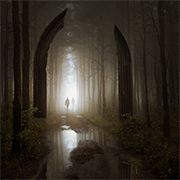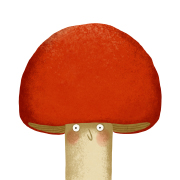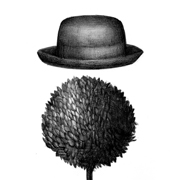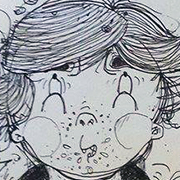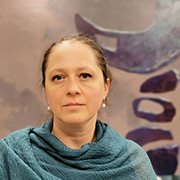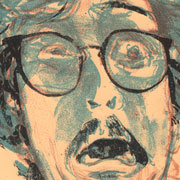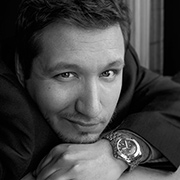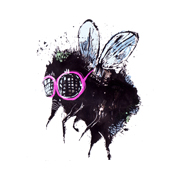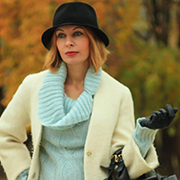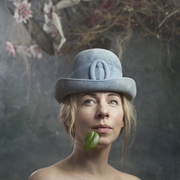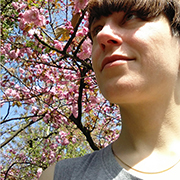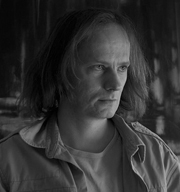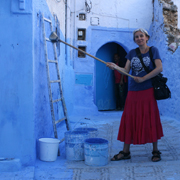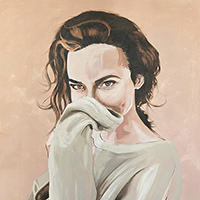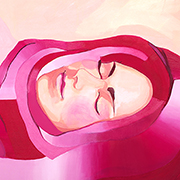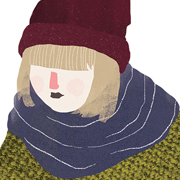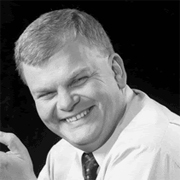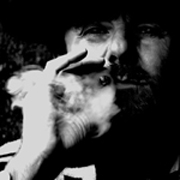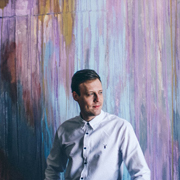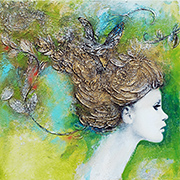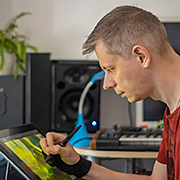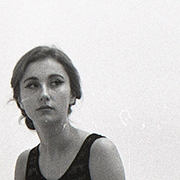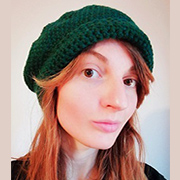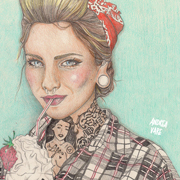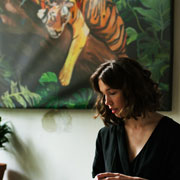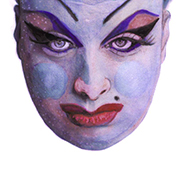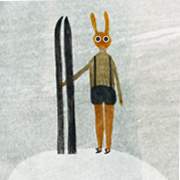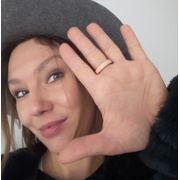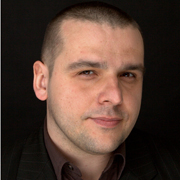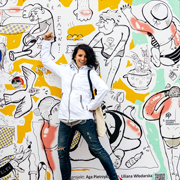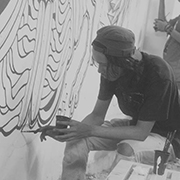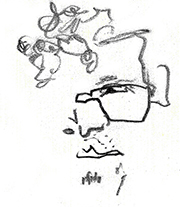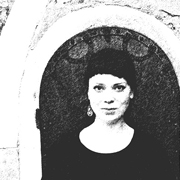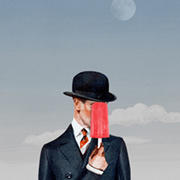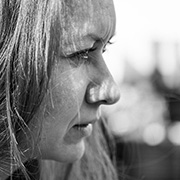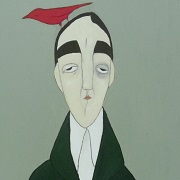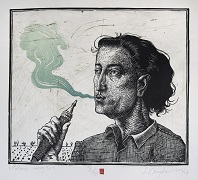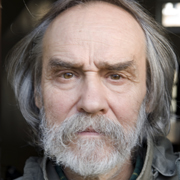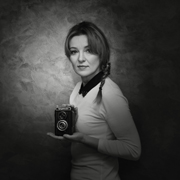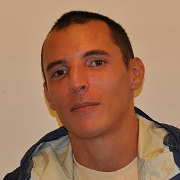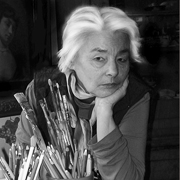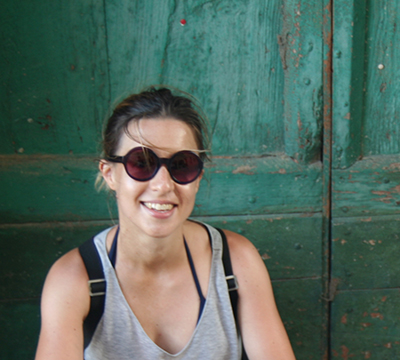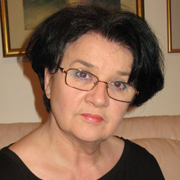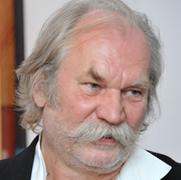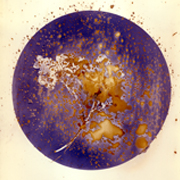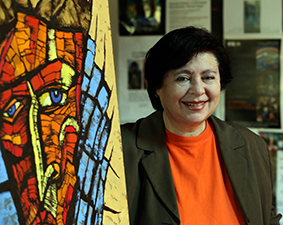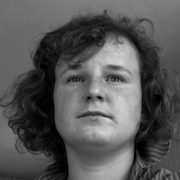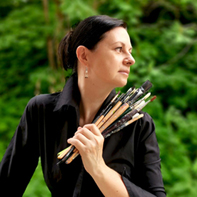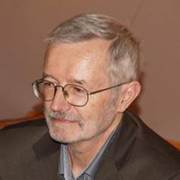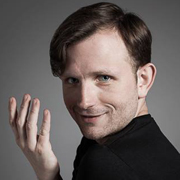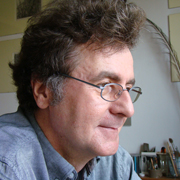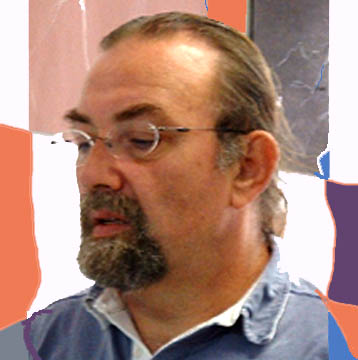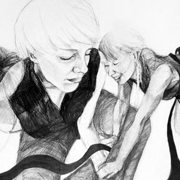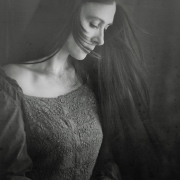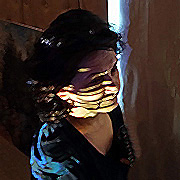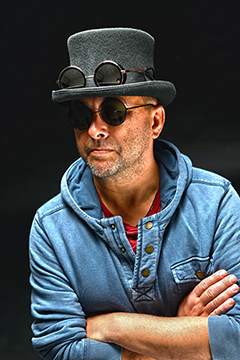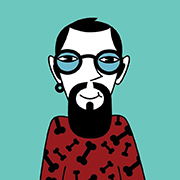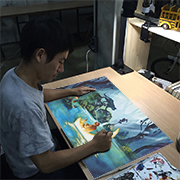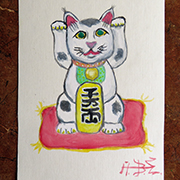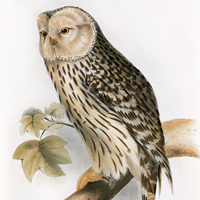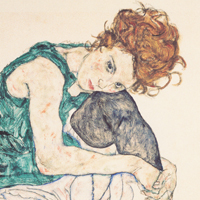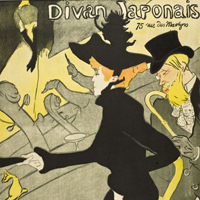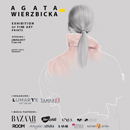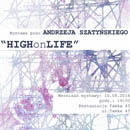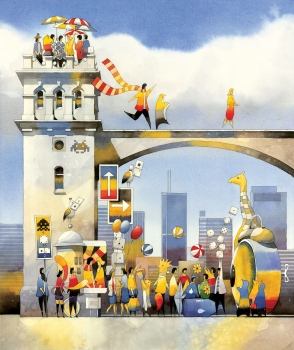2014-02-15
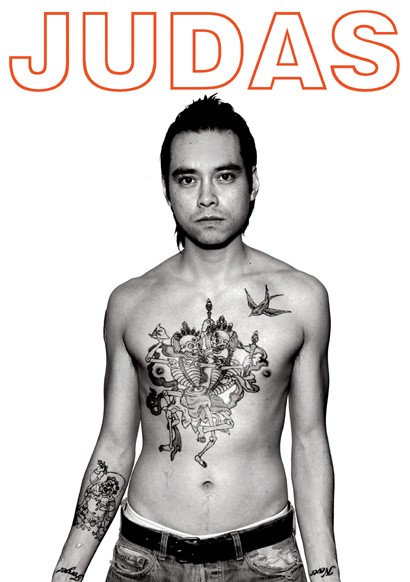
The images are black and white. Over the heads of the people portrayed are the names in colorful letters: John, Simon, James, Jude, Peter, James, Thaddaeus, Bartholomew, Phillip, Andrew, Matthew, Thomas and JHS for Jesus. Thirteen pairs of eyes look directly at the visitor. All just seem to stand and show their tattooed torso. They stand and look at the viewer. The hands clasped on the upper body, sometimes placed on the belt. John would smoke a cigarette. Judas shows, with an innocence gesture, the inner surfaces of his hands and Jesus points up with his right index finger.
With this work, Lee Wagstaff presents his interpretation of a popular religious theme. And as some of his predecessors, he does not attempt to repeat the traditional and historical appearances of the Apostles, but instead portray them as modern man. Thus, the viewer is asked to question the familiar images and even overcome his own prejudices. On the other hand, it is also a vision of the saint, which can be found in every human being. This is particularly emphasized by the format of the work, portraits are in fact 'equal' with the recipient, the saint and the viewer stand face to face to each other. The fact that the portrayed by Lee Wagstaff men are tattooed, also raises questions on the condition of Christian society in which this type of body decoration met with ostracism, both centuries before and today. First Christians worn tattoos, the most common sign of the fish and other religious symbols. There is a hypothesis that St. Peter was wearing a tattoo. Although pope Handrian I was the one to forbid this practice the believers knew and used tattoos long before and long after the prohibition. The debate among biblical interpreters about the fact that Peter, the first head of the Church must have been tattooed entirely, according to the custom of the early Christians, who had to confirm their affiliation to the new faith is still vivid. The crusaders and pilgrims to the Holy Land burnt the sign of the cross on their foreheads and pierced the skin with symbols of their pilgrimage.
The custom of tattooing appears in many places and times. The appearance of tattoos on the bodies is conditioned by different types of reasons: social, ritual or fashion. At one point criminals, such as thieves and slaves, were tattooed to prevent their social integration. Until the twentieth century, tattooing was popular at spring festivals in Bosnia and Herzegovina among Roman Catholics. Tattoo utensils were found in the immediate vicinity of the churches. They were especially popular during the Ottoman rule in the years 1463-1878. Tension around the tattoo is a constant in European culture.
As models, Lee Wagstaff used well-known tattoo artists, so that the series of portraits can be seen as a small show of different aesthetic positions, manifested by the tattoo. The tattoos shown are nourished from many sources. Pictorial and ornamental motifs inspired by geometry, calligraphy, traditional motifs of Oceania, Japan and Europe mingle into impressive skin images.
Apostles - exhibition by Lee Wagstaff

The images are black and white. Over the heads of the people portrayed are the names in colorful letters: John, Simon, James, Jude, Peter, James, Thaddaeus, Bartholomew, Phillip, Andrew, Matthew, Thomas and JHS for Jesus. Thirteen pairs of eyes look directly at the visitor. All just seem to stand and show their tattooed torso. They stand and look at the viewer. The hands clasped on the upper body, sometimes placed on the belt. John would smoke a cigarette. Judas shows, with an innocence gesture, the inner surfaces of his hands and Jesus points up with his right index finger.
With this work, Lee Wagstaff presents his interpretation of a popular religious theme. And as some of his predecessors, he does not attempt to repeat the traditional and historical appearances of the Apostles, but instead portray them as modern man. Thus, the viewer is asked to question the familiar images and even overcome his own prejudices. On the other hand, it is also a vision of the saint, which can be found in every human being. This is particularly emphasized by the format of the work, portraits are in fact 'equal' with the recipient, the saint and the viewer stand face to face to each other. The fact that the portrayed by Lee Wagstaff men are tattooed, also raises questions on the condition of Christian society in which this type of body decoration met with ostracism, both centuries before and today. First Christians worn tattoos, the most common sign of the fish and other religious symbols. There is a hypothesis that St. Peter was wearing a tattoo. Although pope Handrian I was the one to forbid this practice the believers knew and used tattoos long before and long after the prohibition. The debate among biblical interpreters about the fact that Peter, the first head of the Church must have been tattooed entirely, according to the custom of the early Christians, who had to confirm their affiliation to the new faith is still vivid. The crusaders and pilgrims to the Holy Land burnt the sign of the cross on their foreheads and pierced the skin with symbols of their pilgrimage.
The custom of tattooing appears in many places and times. The appearance of tattoos on the bodies is conditioned by different types of reasons: social, ritual or fashion. At one point criminals, such as thieves and slaves, were tattooed to prevent their social integration. Until the twentieth century, tattooing was popular at spring festivals in Bosnia and Herzegovina among Roman Catholics. Tattoo utensils were found in the immediate vicinity of the churches. They were especially popular during the Ottoman rule in the years 1463-1878. Tension around the tattoo is a constant in European culture.
As models, Lee Wagstaff used well-known tattoo artists, so that the series of portraits can be seen as a small show of different aesthetic positions, manifested by the tattoo. The tattoos shown are nourished from many sources. Pictorial and ornamental motifs inspired by geometry, calligraphy, traditional motifs of Oceania, Japan and Europe mingle into impressive skin images.
MOST READ
2016-04-04


